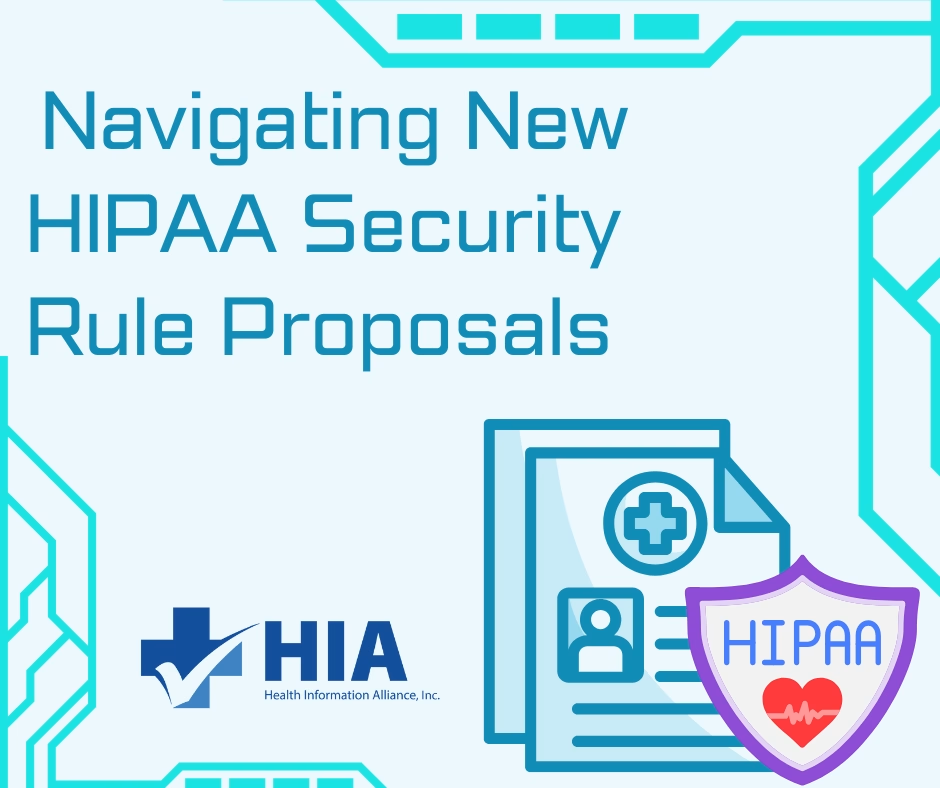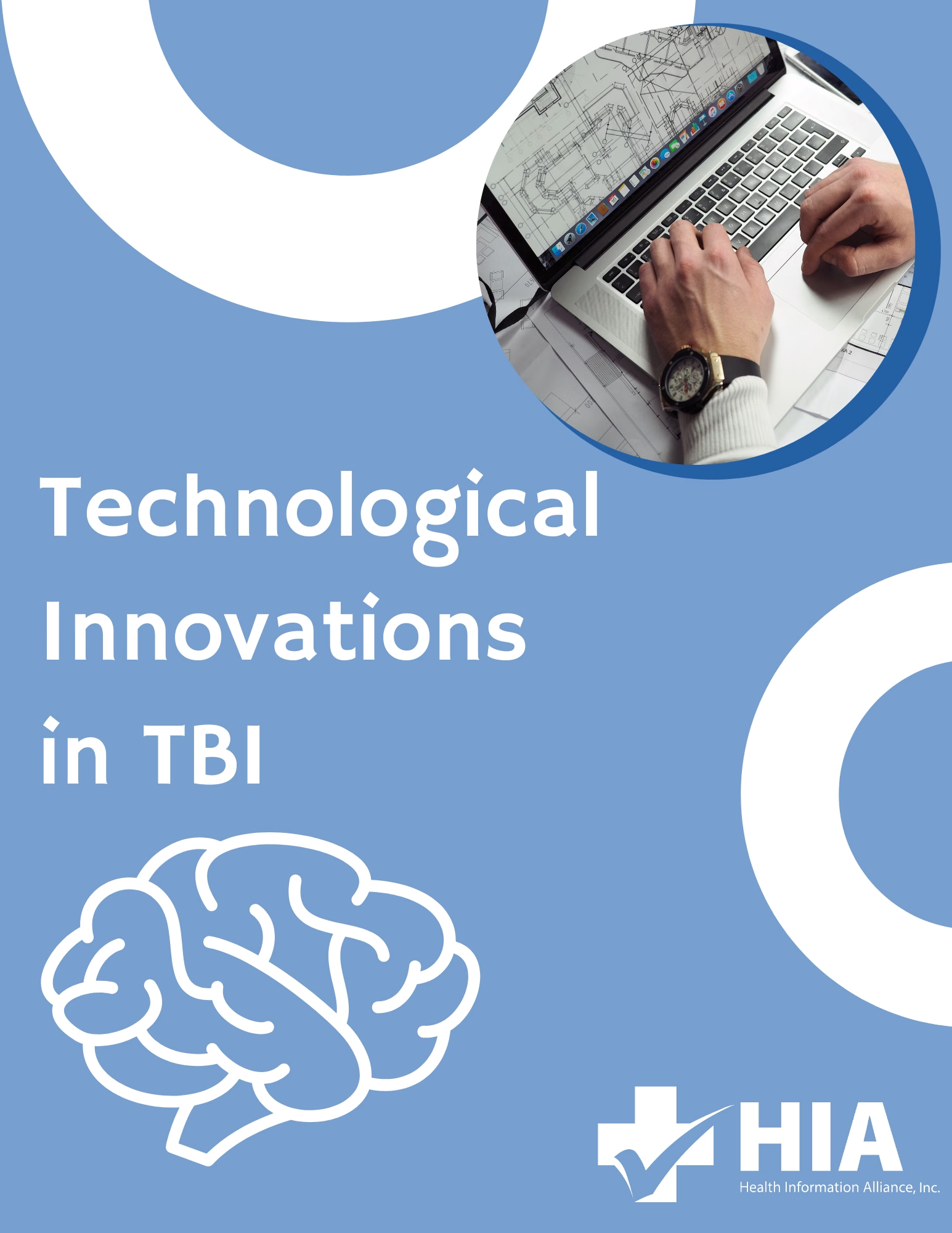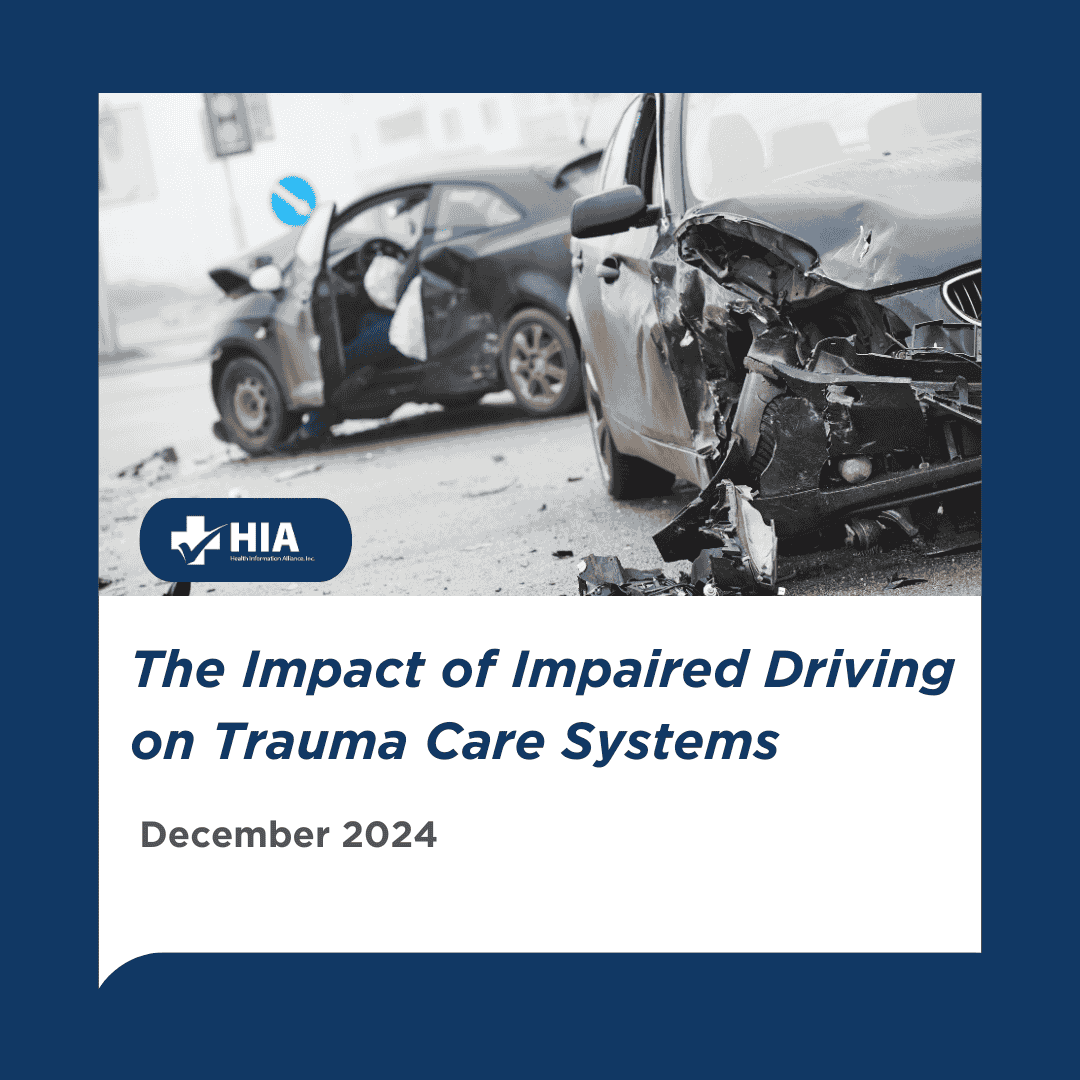MedPAC to revisit the opportunity in creating a national guideline for coding emergency department visits
The life of an ED coder could become cumbersome at times especially with the ever-expanding changes with hospital software (EHR systems, ED software, etc.), ED staff turnover (registrars, nurses, physicians), poor ED documentation, and no actual concrete guidelines to follow unlike before.
In today’s society, many EHR systems are integrating E/M Level coding to a highly-complex algorithm that is based on a single input of a “Presenting Problem,” which can change a level drastically depending on the services rendered.
Creating a firm foundation for assessing how to uniformly code an emergency visit from the numerous scenarios that can come about in a single day, let alone a month or even a week will be very beneficial for coders. Based on a 2017 cost statistic analysis, level five ED visits has increased by 30 percent over the past decade. There also has been an increase in screening services, such as CT scans and EKGs for ED visits, but no change in lab tests and procedures according to data from National Hospital Ambulatory Medical Care Survey conducted between 2011- 2016.
As Robert King from Modern Healthcare noted, “Currently, the agency leaves it up to hospitals to develop their own internal guidelines for reporting an ED visit.” The agency referred is the Centers of Medicare and Medicaid Services (CMS), in which they are being formally asked to bring back the Medicare Payment Advisory Commission (MedPAC) to revisit the opportunity in creating a national guideline for coding emergency department visits.
If national guidelines are created, then ED coding will be the latest audit target for determining the increase in coding levels.
MedPAC has recommended that by 2022, the HHS revisit the national ED coding rules after recognizing uncontrolled coding problems under the framework of the Outpatient Prospective Payment System.






